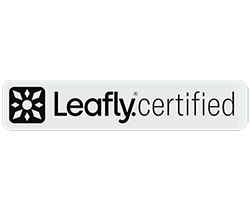With the recent outbreak of vaping related illnesses, medical marijuana patients need assurance that the products they receive are safe for human consumption. While a cannabis product may be clear of heavy metal contamination from seed to processing, the packaging materials can contribute to the leaching of heavy metals without proper precautions and quality control testing. Modern Canna recently conducted a metal leachability study, using Inductively Coupled Plasma with Mass Spectrometry to analyze for Arsenic, Cadmium, Lead, and Mercury, on a variety of product packaging types, including vape cartridges, pre-roll paper, tincture bottles, syringes, and edible containers.
To understand how packing may leach heavy metals into cannabis products, first you must understand what leaching is. So what does it mean to leach? Leaching can be defined as the extraction of soluble compounds by way of a solvent.
An easy way to understand this is by thinking of brewing coffee. The water seeps into the coffee grounds as it is added, leaching any soluble compounds from the grounds on its way into your cup.
In cannabis products, leaching of heavy metals can occur from the packaging materials into the product itself. Continuous exposure to heavy metals can cause heavy metal toxicity and even death.
Using knowledge from the environmental testing industry, chemists at Modern Canna used Toxicity Characteristic Leaching Procedures, or TCLP, to develop a method that allows the leachability of heavy metals to be studied. This methodology includes modifications that are specific to the individual packaging materials being tested, however is particularly important for packaging of inhalation or vapor products, such as pre-rolls and vape cartridges.
To simulate a vape cartridge filled with cannabis extract, our method used MCT oil. Previous leachability studies have been conducted by other laboratories using a nitric acid solution for the leaching process; however; this is not a proper replication of what would be seen in actual packaging materials, as cannabis is not commonly known to be acidic. Once the cartridges were filled with MCT oil, they were transferred to an orbital shaker for 12 hours. During this time, the cartridges were heated to 80C every three hours to mimic typical use.
A similar process was used for tincture bottles, syringes, and edible containers, except these packaging materials did not undergo a heating cycle as their intended use does not require heating. After 12 hours, 0.25g of MCT oil was weighed from the packaging, microwave digested, and brought to a final volume of 25mL.
Pre-roll packaging is intended to be burnt entirely during the smoking process, causing any contaminants present in the paper to be vaporized and potentially inhaled. For this reason, chemists at Modern Canna decided the pre-roll papers should undergo particle size reduction to create a composite sample, this was then weighed at 0.25g, microwave digested, and brought to a final volume of 25mL.
The packaging obtained for the study was divided into two groups: packaging obtained from clients and packaging purchased independently.
30% of cartridges from clients contained leachable heavy metals compared to 60% of cartridges obtained independently. The cartridges that were independently purchased also leached heavy metals in much higher concentrations when compared to the concentrations of leachable metals in cartridges obtained from clients.
Cartridges from Clients:
Cartridges Purchased Independently:
Vape cartridges are at an inherently increased risk for leaching heavy metals due to their components.
Through the above results, it can be seen that Cadmium and Lead are the heavy metals that are most likely to be leached from this packaging into cannabis products. Both client cartridges and those that were purchased independently contained quantifiable amounts of Cadmium and Lead.
As mentioned previously, the pre-roll paper underwent particle size reduction in order to test the paper in its entirety. The findings are tabulated below:
All pre-roll papers tested contained heavy metals. The average amount of Lead contained in the pre-roll papers was 527 ppb. This is very concerning as this concentration is above the regulatory limit of 500 ppb or less in most states.
The tincture bottles, syringes, and edible containers tested were non-detect across all four analytes; however, this does not mean that the leachability of heavy metals could not occur and therefore testing of these packaging materials should still be performed.
This study provided a foundation for future research into cannabis packaging and raises questions about what different materials can be used to decrease the risk of heavy metal contamination. From this study, our laboratory was able to conclude that heavy metal leachability testing is essential to ensure the safety of cannabis products. Packaging must be tested to prevent these metals from leaching into the product during storage or use, causing these harmful contaminants to be consumed.



 Modern Canna
Modern Canna